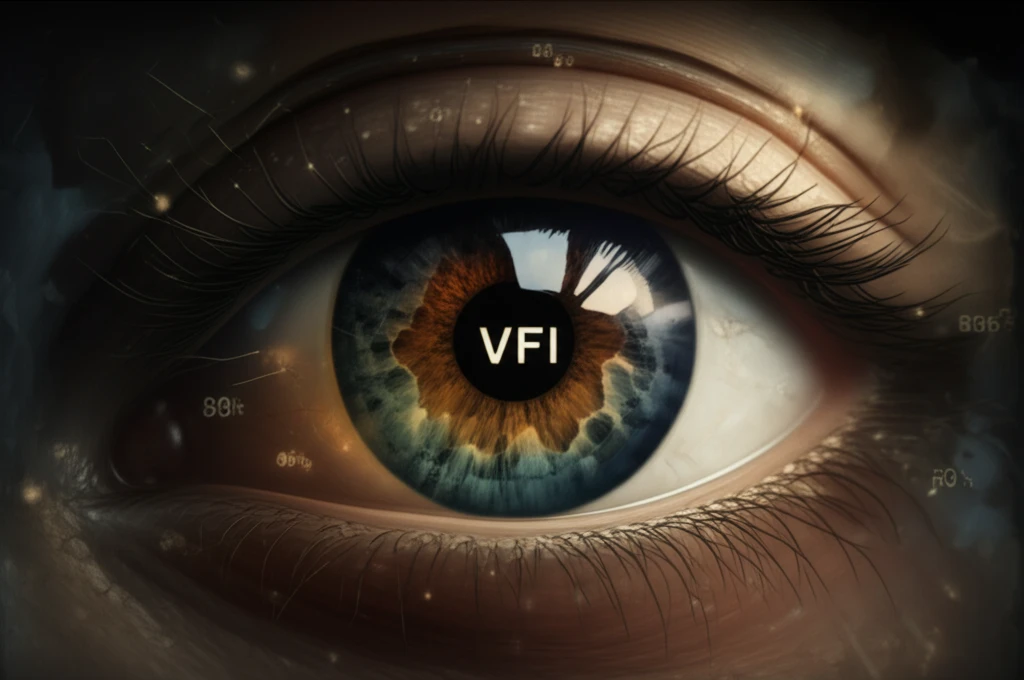
Beyond the Numbers: Understanding How Glaucoma Affects Your Vision
"Unpacking the Visual Field Index and What It Means for Your Eye Health"
Glaucoma, a sneaky thief of sight, often progresses silently, making early detection and monitoring crucial. One key tool in managing this condition is the Visual Field Index (VFI), a metric used to assess the extent of vision loss over time. But what exactly is the VFI, and how does it help doctors and patients navigate the complexities of glaucoma?
This article unpacks the concept of VFI, explaining how it is calculated and how it changes as glaucoma progresses. We'll explore the impact of the shift in the calculation method as the disease advances, offering valuable insights for anyone affected by or interested in understanding this sight-stealing disease.
Whether you're a patient seeking clarity, a caregiver wanting to be informed, or just curious about eye health, this guide provides a clear, comprehensive look at the VFI and its significance in managing glaucoma.
Decoding the Visual Field Index (VFI): A Closer Look

The VFI is essentially a percentage that represents the overall function of your visual field. Think of it as a score, where 100% indicates a perfectly healthy visual field, and 0% means complete blindness. The VFI helps eye care professionals track how much of your vision remains and how it changes over time due to glaucoma.
- Pattern Deviation Probability Plot (PDPP): Used in earlier stages; it focuses on how your vision deviates from what's considered normal for your age and general population.
- Total Deviation Probability Plot (TDPP): Applied in later stages; it considers the overall visual field, which can be useful when significant damage is present.
Empowering Your Vision Health
Understanding the VFI and how it is used is a crucial step in managing glaucoma. By partnering with your eye care professional and staying informed, you can proactively safeguard your vision. Remember, early detection and consistent monitoring are key, making tools like the VFI essential allies in the fight against glaucoma.
